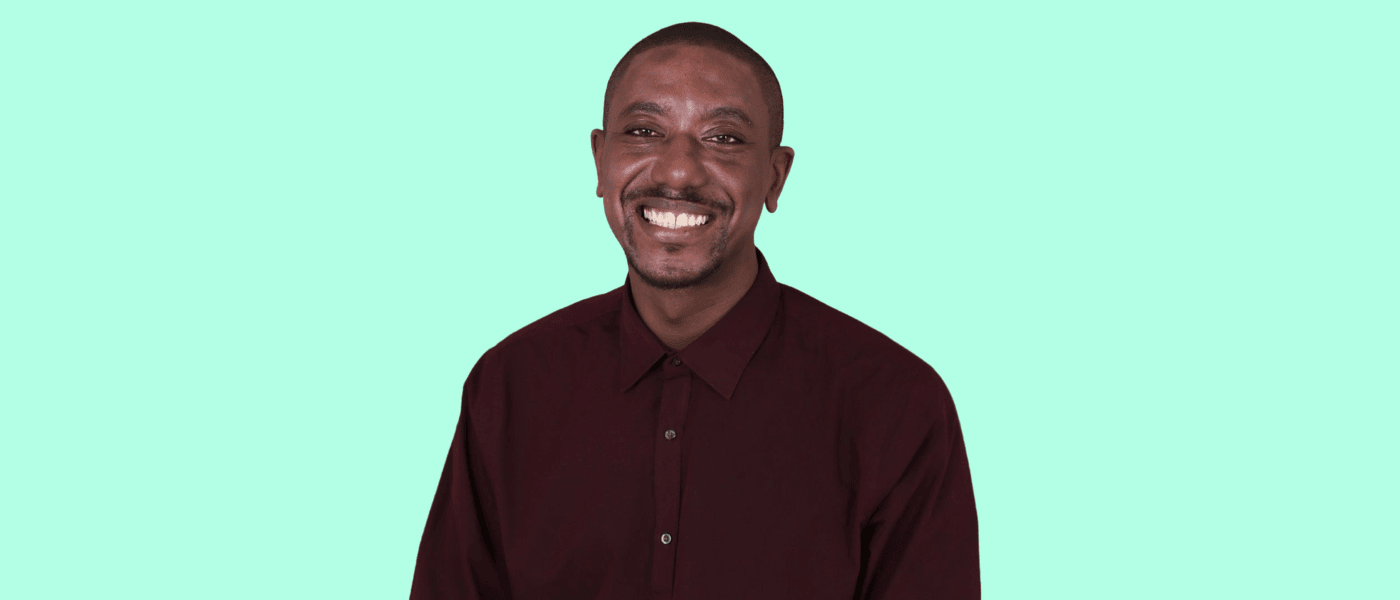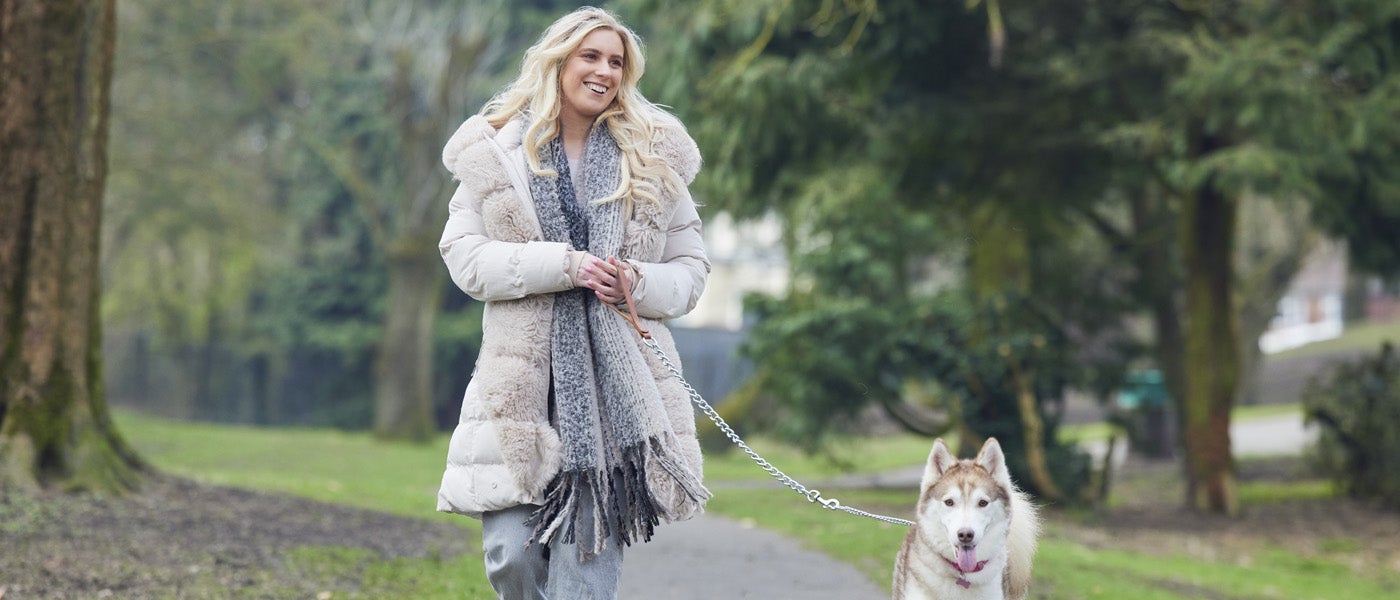- Home
- News and stories
- “More understanding means less restrictions for disabled children.”
“More understanding means less restrictions for disabled children.”
 5 April 2023
5 April 2023
Sophie talks about disability inclusion in schools, and why more needs to be done to improve awareness.
Children and young people are our future. The way we raise our children shapes the world they’ll grow up in.
This place we live is made up of people with all sorts of characteristics and personalities. We need to raise awareness around these differences so that all children feel equal, included, and loved.
My son knows he has cerebral palsy (CP), but it isn’t clear to what extent he understands his condition. As he gets older, he’s becoming more aware that he’s different from other children in some ways. He’s a beautiful, intelligent, loving little boy, and is developing friendships at school.
But sometimes other children don’t understand his behaviour, or the impact CP has on his movement. This can make him feel frustrated by the difficulties that his condition presents.
“Others may not understand children like my son; that could present challenges.”
At times, this lack of awareness makes the gap between my child and other children of his age more noticeable. It could also lead to discrimination, misunderstandings, and exclusion.
For example, other children (and adults!) don’t always have a good understanding of how CP can affect someone’s behaviour, such as sometimes being impulsive or facing communication barriers. People often think it’s purely a physical disability. For this reason, others may not understand children like my son, and that could present challenges with developing and maintaining relationships.
As a Mum, I feel there’s more that could be done to educate his peers and wider school community around disability.
“Inclusivity means reflecting as many of those experiences as possible.”
There are some things schools could do to spark conversations. This could include observing various awareness events, such as World CP Day or World Autism Day. Days like these give children an opportunity to learn more about different conditions and the barriers disabled people face in society.
Storybooks are a powerful tool in classrooms. Books that include disabled characters help destigmatise the characteristics of people with impairments and conditions. This can improve attitudes.
When teaching about people who have made great achievements and discoveries, schools should provide equal inclusion of disabled people. Christy Brown, Stephen Hawking, Helen Keller, Tanni Grey-Thompson, and Sarah Storey. They’re just some of a great list of people who have changed the world, and also have impairments or conditions.
Lastly, it’s important to use different images when discussing disability, rather than just one of a person in a wheelchair. Disabilities take different forms and affect people in different ways. Inclusivity means reflecting as many of those experiences as possible.
“If awareness trickled down throughout the whole system, our schools would be much more accepting places.”
Greater disability awareness in schools would reduce the barriers disabled children are facing. Whether these barriers take a tangible form such as accessing a building, or intangible such as attitudes. More understanding means less restrictions.
My son has a wonderful teacher, who has encouraged his class to learn more about his experience of disability. But, if that awareness trickled down throughout the whole system, our schools would be much more accepting places for disabled children.
If you’d like to discuss barriers in education with disabled people and their allies, join our online community discussion.
Scope’s online community: education and learning
 5 April 2023
5 April 2023








